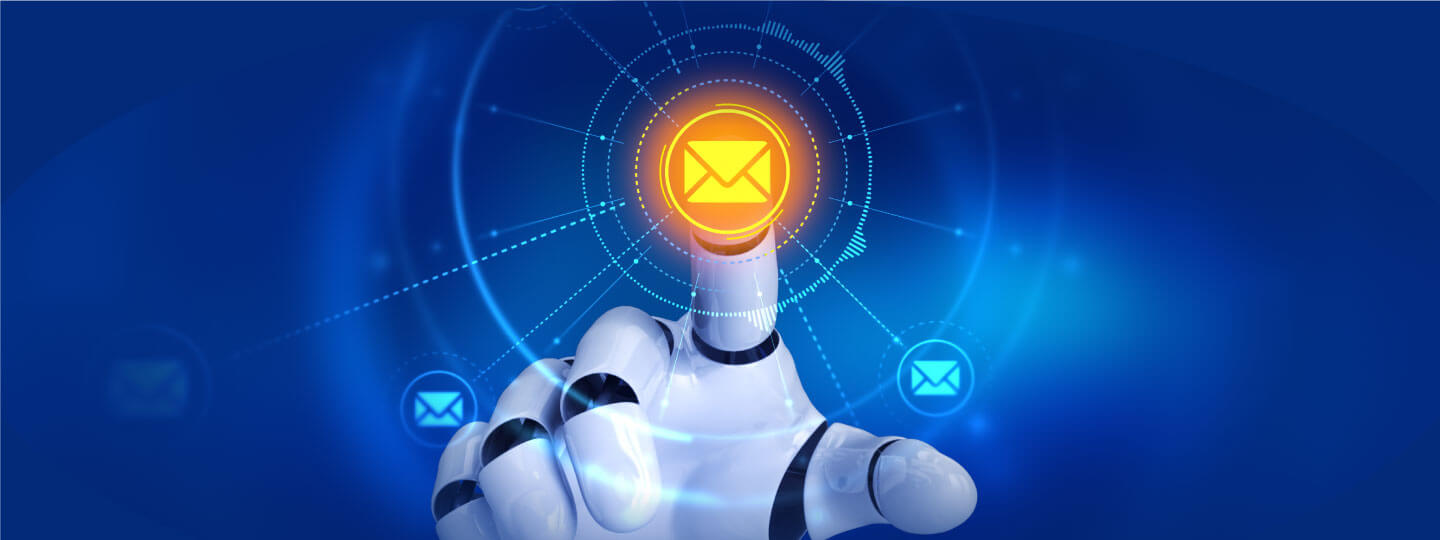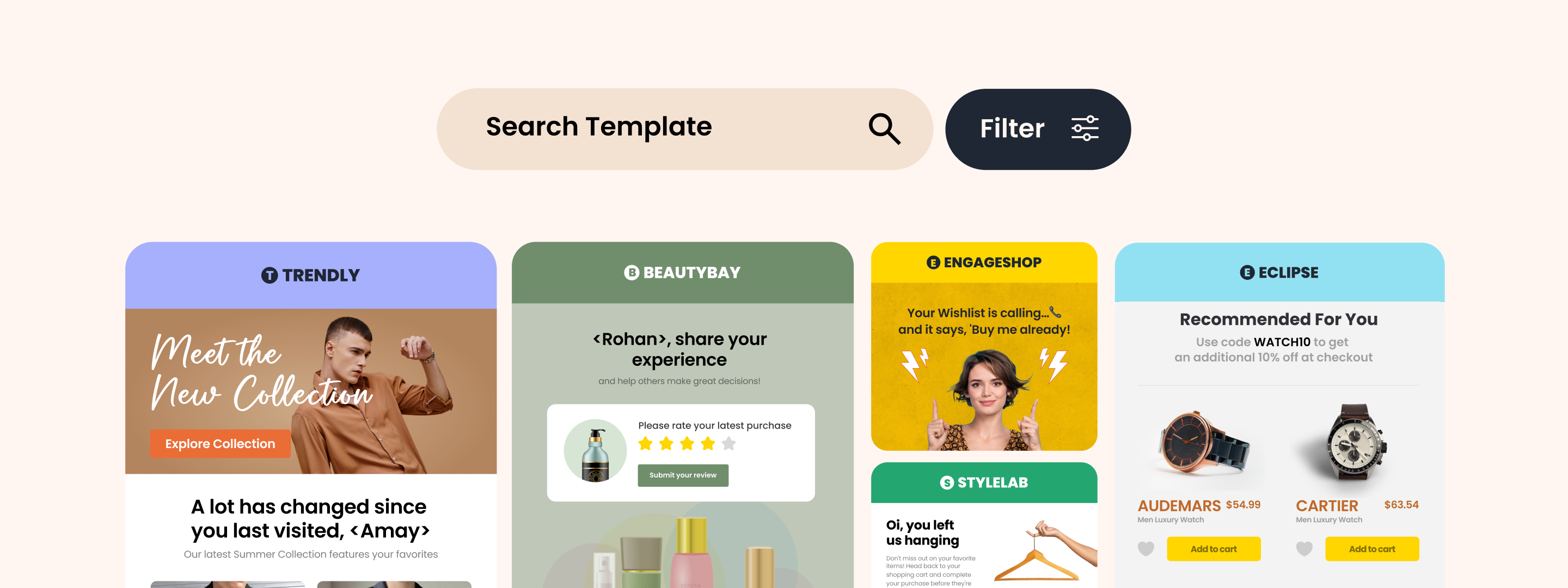Table Of Contents:
1. Customers are much cheaper to keep than acquire
2. Why Customer Lifetime Value is a BIG deal
3. How Email Marketing Automation improves Customer Lifetime Value
4. Anatomy of an automated Email Marketing funnel
Email is the marketing goldmine of the internet.
Unlike many of today’s tools and methods of communication, email has withstood the test of time and continues to perform as admirably as when it represented the cutting edge of network technology.
Most importantly for businesses, email marketing continues to deliver unrivaled ROI. The average ROI on email marketing is $40 per dollar spent! No other channel comes close.
But moving past net ROI, let’s talk about the REAL reason email automation is your key to online profits. The reason your email list will always outperform your social followings, advertising, and even your SEO (although all of these channels are worth including in a good content marketing strategy).
The secret to email’s effectiveness lies in a concept called Customer Lifetime Value.
But before we dig into everything this concept entails, let’s start by examining why it even matters to your business.
Customers are much cheaper to keep than acquire
As you grow your business, there are a number of areas you can focus:
- Acquire new customers
- Support and sustain your existing customer base
- Upsell your existing customers
In any business, there is an opportunity cost to where you put your focus. It’s important to have clear priorities. When a lot of newer companies look at the above list, they feel like #1 is most important. “How do we grow?” “How do we acquire new customers?”
But in reality, the key to a successful business is in #2 and #3. If your current customers are happy and continue to buy from you, your business will grow. If they aren’t happy and continuing to purchase, adding new customers to that unhappy mix won’t help you in the long haul.
According to numerous surveys and studies, it is virtually ALWAYS cheaper to keep an existing customer than acquire a new one. Depending on the company, the exact number is anywhere from 3 to 30 times cheaper, but the collective average looks to be around 5.
In other words, for the average business, it’s 5x cheaper to keep a customer than acquire a new one.
Perhaps more importantly, according to Marketing Metrics, the average probability of selling to a past customer is 60-70% whereas the average probability of selling to a new customer is only 5-20%.
All this points to a single truth: your ability to grow a business lies in your ability to retain and resell your customer base.
Why Customer Lifetime Value is a BIG deal
Customer Lifetime Value (CLV) is the total estimated revenue you will generate from a customer over the entire course of your business relationship.
For a select number of businesses, CLV is an unnecessary metric. If you’re site only sells engagement rings, for example, your CLV will be very close to your average purchase price, and thus unnecessary to track.
Why? Because most of your customers will only buy from you once. How many engagements rings does the average person buy in a lifetime?
For most businesses, however, CLV is one of the most important metrics for long-term growth. If you sell someone a dog collar, there’s a very good chance you can immediately sell them a dog bowl and maybe a few months from now, you can sell them a leash as well. If you get them to buy from you twice, you could probably convince them to buy most of their pet products directly from you.
This customer no longer represents a $10 sale. Now we are talking about $150 per year. And if you can add food into the mix, you could be looking at $250 per year. Want to offer a $200 course on advanced dog training? Add that to the CLV too!
Far too many entrepreneurs will look at something like this and say, “Well sure, who doesn’t want return customers? What does this have to do with how I’m running my business today?”
And the answer is EVERYTHING. Return customers rarely just happen. You must have a system in place to bring them back, and your business model should be built around that system.
Would you approach a $10 client differently than a $3,000 client? Of course! And what’s the key to turning a $10 client into a $3,000 client?
Email.
How Email Marketing Automation improves Customer Lifetime Value
If you have someone’s address, you can contact them at any time. I’ve been using the same email address for the last 7 years and I have no plan to stop using down the road.
And perhaps more importantly, I read most of the emails I receive, as does the rest of the world.
It’s this level of access that powers the most successful online conversion funnels.
This is how the most successful companies maximize profit. The process looks like this:
- Get visitors to your site.
- Offer a lead magnet to collect their email addresses.
- Use email to offer them a tripwire product.
- Use email to offer free value and build trust.
- Use email to sell them you core product.
- Offer profit maximizing products to those who purchase core product.
This isn’t a one-time deal. It’s an extensive process that is only made possible by email. it allows you to get back in touch with a prospect time and time again, and that’s why email is the best tool for the job.
Through email marketing automation, you can create an advanced system that collects and nurtures your leads into repeat customers.
Now let’s talk about how to create that system from scratch.
Anatomy of an automated Email Marketing funnel
An automate email funnel includes a number of key components:
- Email capture
- Autoresponders
- Segmentation
They key here is to make this system automated, so you can simply set it up and you’re done.
To begin, you have to set your website up to collect emails. The best way to do this is by offering visitors a compelling piece of content, also called a “lead magnet”, in exchange for their email address. A good lead magnet will solve a common problem your target audience is dealing with. You can also simply ask visitors to subscribe.
ConvertPlug is a low cost ($21), easy-to-use plugin that lets you capture email in a variety of ways, including a topbar, popups, dropdown, slide-ins and more. You can offer your lead magnet via these various forms or simply invite visitors subscriber.
Once you’ve captured the user’s email, you’ll want to send them through a series of automated emails, also referred to as a “drip campaign” or “autoresponder”. Email service providers like GetResponse allow you to set up sophisticated autoresponders in just a few minutes.
You’ll want to spend some time testing and tweaking your autoresponders, but you can start with this basic template.
Email 1: Offer visitors a low-cost “tripwire” product to make them buyers
Email 2: Educational message providing valuable insights on a related topic
Email 3: Educational message and introduce the core product
Email 4: Education message and soft sell on problem your product helps solve
Email 5: Hard sell your core product
There’s never really an end to a good drip campaign, but this 5-email sequence is a good place to start. Readers will respond differently to different emails. Some will purchase your tripwire and others won’t. This is where segmentation comes into play.
If you want to really take your email marketing results to the next level, you’ll need to segment your list. The more specifically you target each subgroup of customers, the better. There are three key areas where segmentation is important.
- Segmenting new subscribers based on interests
- Segmenting subscribers based on behavior
- Segmenting subscribers based on purchases
The more information you know about someone, the more accurately you can target them. Accordingly, it can be very useful to identify key user attributes in the initial stages of your email funnel.
For example, Doggyloot increased it’s clickthrough rate (CTR) by 750% by asking new subscribers about their dog’s size during the signup process. Theses subscribers were then categorized by small, medium, and large dog sizes. As a result, Doggyloot was able to send emails targeted at right dog size, and CTR increased dramatically as a result.
Another way to segment is based on subscriber behavior. When are your subscribers opening their emails? What topics are they clicking on most?
For example, SwayChic increased open rates by 40% simply by segmenting users based on typical open times. They divided their list into 5 am, 10 am, and 5 pm segments and were able to get significantly more visibility for their “we miss you” emails by sending them when customers were already online.
A final way to segment is based on purchases. Creating a new autoresponder for certain actions allows you to better target your emails based on what your subscribers have already done. This type of functionality is why companies pay hundreds of dollars per month for services like InfusionSoft or HubSpot that allow advanced segmentation and targeting. Every action triggers a new sequence designed to get that user to the next stage in your funnel.
Conclusion
At the end of the day, automated email marketing isn’t that hard. It’s simply a matter of investing the time to get it all set up properly.
Optimize your website for capturing emails, create your autoresponders, and then look for ways to better segment and target audience.





































 Harshita Lal
Harshita Lal

 Diksha Dwivedi
Diksha Dwivedi



